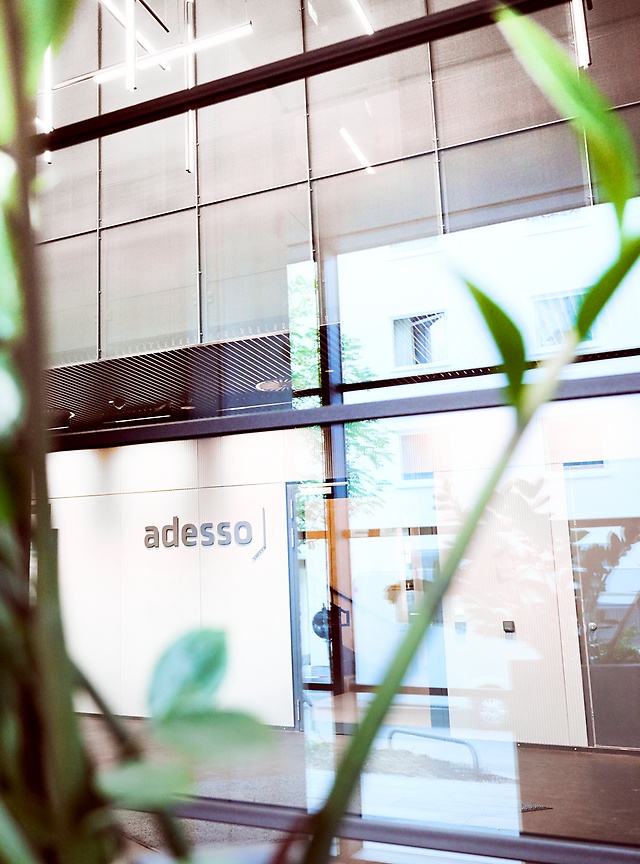2. August 2023 By Thomas Mickels
Multi-channel publishing: one click is all it takes
The core product of publishers is increasingly consumed across a number of channels, all of which have their own unique requirements and possibilities in terms of presentation, availability and in terms of the information they contain and their timeliness. To provide cross-channel content, many publishers use different software systems, maintain several editorial teams and use increasingly complex publishing processes. The associated costs are extremely high. In addition, they face declining subscriber numbers in their print publications coupled with rising paper, energy and delivery costs. Publishers are also not reaching young target groups in adequate numbers. Along with that, hybrid IT architectures need to be protected against an increasing number of attacks on business-critical infrastructure.
Wouldn’t it make sense if publishers could provide manage their print, online and mobile channels using just one system? What advantages would it bring them in terms of costs, efficiency and the reliability of their operations?
The publishing business as it once was
In the past, publishers followed a linear workflow, with the printed newspaper as the end product. Editors had to create articles with a given number of characters so that staff could lay out the columns and pages in the page design for the printed newspaper before it went to press. Publishers used traditional editing systems for print publications for this purpose. Articles were placed in online news portals by separate online editorial teams with the aid of content management systems. The classic e-paper product – the print newspaper in PDF format – was made available for download via a different system in the worst case. And mobile apps were filled with content using yet another system.
All content, regardless of the publication channel, had to be backed up using archiving systems, with the entire process often taking place across heterogeneous infrastructure landscapes. And if the company in question was a media group with a large number of publishing houses and an array of published products as opposed to an individual publisher, the overall system landscape would be incredibly complex. A company could quickly find itself in a position where it had to pay maintenance and licence fees on ten or more systems. Infrastructure costs related to systems operated by the publisher as well as those paid to external service providers not only led to higher operating costs, but also opened up significant risks when it came to managing security-related issues across distributed systems.
How life at a publisher looks today
Publishers spend a lot of time discussing issues like artificial intelligence (AI), large language models (LLMs) and ChatGPT. The goal of predictive advertising and article recommendations is to retain customer groups or attract new ones.
But what makes a publishing house tick? And what is the nerve centre at the heart of the operation? That would be the editorial office where staff churn out new content every day. Topics such as AI, machine learning and metadata generation are naturally important for the future of publishers, but it is equally important that they provide a modern working environment for the people who make it all happen. It should optimally support editorial staff in their day-to-day work. Beyond that, it should also provide media companies with answers to questions about how to increase efficiency, reduce costs and make their operations more reliable.
For this very reason, more and more publishers are using multi-channel publishing systems. These systems consolidate the legacy system landscape with its siloed editorial systems onto a single platform in order to centrally coordinate the process of managing and supplying content to websites as well as the production of newspapers, including filling apps with content. Multi-channel publishing systems offer a flexible architecture and a modular design that allows content to be created in a media-neutral way. Another advantage is the centralised storage of media-neutral content. Not only can individual content pieces be distributed across different media, but staff across the publishing company can also discuss or collaborate on a topic or piece of content. It is not just about the one-way output of content. It is also about bidirectional (import and export) options. Multi-channel publishing systems can handle all publishing processes, including topic planning, article management, page planning, agency imports, image databases as well as archiving and royalty systems. At the push of a button, the editorial team decides whether and in what order each article is distributed to the various channels.
Browser-based multi-channel publishing systems can be integrated into an employee’s day-to-day work routine and into the existing system architecture with ease. No matter what device an editor is using and where they are working from, it is really simple. All you need to do is open your browser, log in and you are ready to go.
The end result: greater efficiency, lower costs, more reliable operations
The use of a central multi-channel publishing system for cross-media workflows makes processes more efficient, reduces the number of interfaces to a minimum, makes content creation channel-independent and promotes collaborative work across the publishing house. Customised production processes that exist at every publishing house can either be integrated or flexibly adapted. Other benefits include more reliable operations and lower costs.
Would you like to learn more about our solutions for more innovation and efficiency at media company? Then check out our website.
If you are also thinking about using a multi-channel publishing system, do not hesitate to get in touch.
You will find more exciting content from the adesso world in our latest blog posts.

